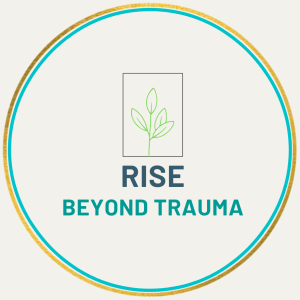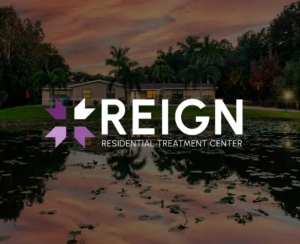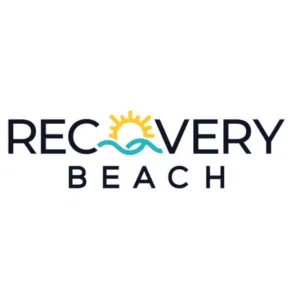*Source material from studies uses gendered language
There are many behavioral addictions, and porn addiction, in particular, seems to be misunderstood. As a result, this addiction is heavily stigmatized and can make it challenging to identify. In addition, whether or not behavioral addictions are “actual addictions” is highly debated in psychiatric communities. While some of these addictions are more accepted than others, like gambling addiction, there is still controversy regarding sex and porn addiction.
What we do know is that many people are suffering. So, whatever the label, you should still seek help if it interferes with your daily functioning. If you think excessive pornography use has reached an addiction level, you should consider receiving help. This article will explore the topic of porn addiction and what support is available.
What is Porn Addiction?
Porn addiction is a subset of sex addiction, a range of excessive behaviors that can negatively impact one’s life. However, porn addiction is not officially diagnosed in the Diagnostic and Statistical Manual of Mental Disorders-V (DSM-5). On the other hand, porn addiction can lead to severe consequences in a person’s life. Therefore, it can be described as problematic porn use.
People may become addicted to pornography if they continually crave erotic displays despite attempts to minimize their urges. A person may also find other areas of life to suffer due to overconsumption of porn. In addition, watching porn can overtake any other interests.
A person with this addiction can be so overwhelmed with the need to consume porn that they start to watch it in public spaces, which can get a person into serious trouble.
Statistics on porn addiction are varied, but one study suggests that porn addiction impacts approximately three to six percent of adults.
What are some other Pornography Statistics?
Here are some standard statistics about pornography itself:
-
- Forty million adults in the United States visit internet pornography sites regularly.
- 1 in 5 internet searches on a mobile device is for searching for pornography.
- Men in happy marriages are 61% less likely to look at porn.
- 20% of men have admitted to looking at pornography at work.
- 88% of porn scenes feature physical aggression, and 49% include verbal aggression.
What are some Signs of Porn Addiction?
To figure out if a person’s relationship with porn is unhealthy, there are many indicators. For instance, if a person finds that they are consuming it excessively, where it takes up a lot of their time, or where they feel out of control.
Porn addiction can also create a strain in relationships with other people. This behavior can look like this:
- Excessive spending on pornographic material, even at the expense of necessities.
- Engaging in risky sexual behavior
- Using porn to cope with challenging emotions like pain, anxiety, and sadness
- Consuming porn at dangerous times and moments
- Feeling angry at being advised to minimize porn consumption
- Being unable to quit porn despite great efforts
- Experiencing shame after viewing porn but not being able to break the habit
- Watching more extreme forms of porn to find pleasure
- Not enjoying sexual intercourse as much
- Hiding porn habits from others
According to research, the most apparent predictors for porn use include being a young man, poor mood states, frequent Internet usage, religiousness, and sexual boredom.
Does porn addiction have anything to do with sexual orientation?
There has been a problematic misconception in history that people with non-heterosexual sexual orientations are hypersexual, predominantly gay and bisexual men. However, this is false, and gay and bisexual men (and other LGBTQ+ people) are no more sexual than their straight counterparts. These “oversexed” beliefs stemmed from when men who were interested in being sexual with other men searched for sex in places like bars, adult bookstores, theaters, sex clubs and bathhouses, steam rooms at their gym, public parks, and restrooms; however, these choices were adaptive ways for men to seek desires at a time where the was profound cultural repression. Now, members of the LGBTQ+ community can seek sex in safer venues and have access to online dating apps and websites. However, this pervasive notion of non-heterosexuals as hypersexual persists at times when it is a complete myth.
Therefore, it is essential to note that sex/porn addiction is not tied to any sexual orientation and has nothing to do with what or who turns a person on. Instead, sex and porn addiction is based on factors like any other type of addiction. These include:
- Ongoing obsession/preoccupation
- Loss of control
- Negative life consequences
In other words, LGBTQ+ sex and porn addicts are not compulsively sexual due to their sexual orientation. Instead, they are compulsively sexual to cope with stress and emotional discomfort and deal with psychological issues like anxiety, depression, low self-esteem, shame, attachment struggles, unresolved trauma, and more. As a result, if an LGBTQ+ person does have issues with porn addiction, it can be for the same reasons as their straight counterparts.
Treatment For Porn Addiction
There are several ways of treating a behavioral disorder like porn addiction. The following are some of the best options:
- Psychotherapy
- Behavior Modification
- Support Groups
- Medication-Assisted Treatment
- Holistic Approaches
For more specifics on these treatments, you can visit the Addiction Center’s website.
Takeaway
Coping with porn addiction can be challenging, but there is help available. Browse through our resources at LGBTQ and All if you are looking for treatment. Our listings feature mental health professionals with a variety of experience that can help.















